Your roof protects you from rain, snow, and frigid winds, but if you live in a hot environment, your roof may also help to keep your home cool and pleasant. If your roof has the wrong material, it might bake in the sun and send heat from the top to the remainder of your home. Roofing systems that are poorly designed will also be damaged by the heat, resulting in fractures and damage that may lead to leaks and foundation issues later on. It's critical to find competent roofers. Roof color tends to blend into the background and obtain little attention. However, did you know what's the best roof color to reflect heat? Read on to discover how.
The suitable roof material can help you save on your next utility bill and save energy in the long run while also helping to maintain overall durability. Learn more about the best roof for hot climates below.
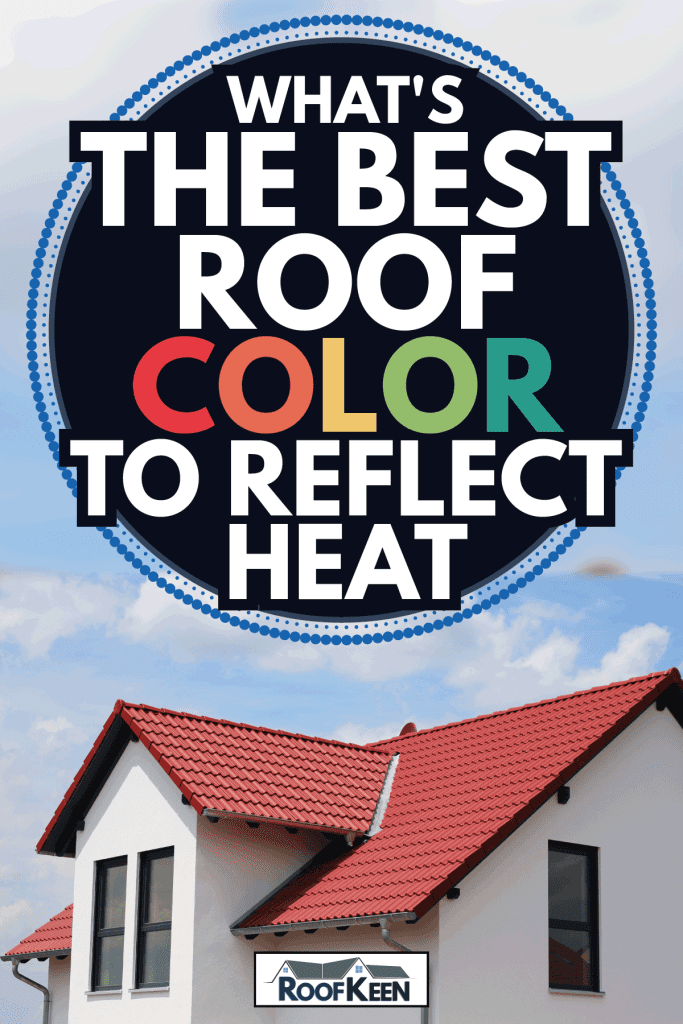
The Best Roof Material
Roofs that can endure high heat and other elements all year are a rare find. Some materials are created to withstand harsh weather, dry conditions, and blistering UV radiation without reducing ventilation or air flow throughout your attic and house as a whole. Here are some of the most frequent and efficient roofing materials in a hot environment.
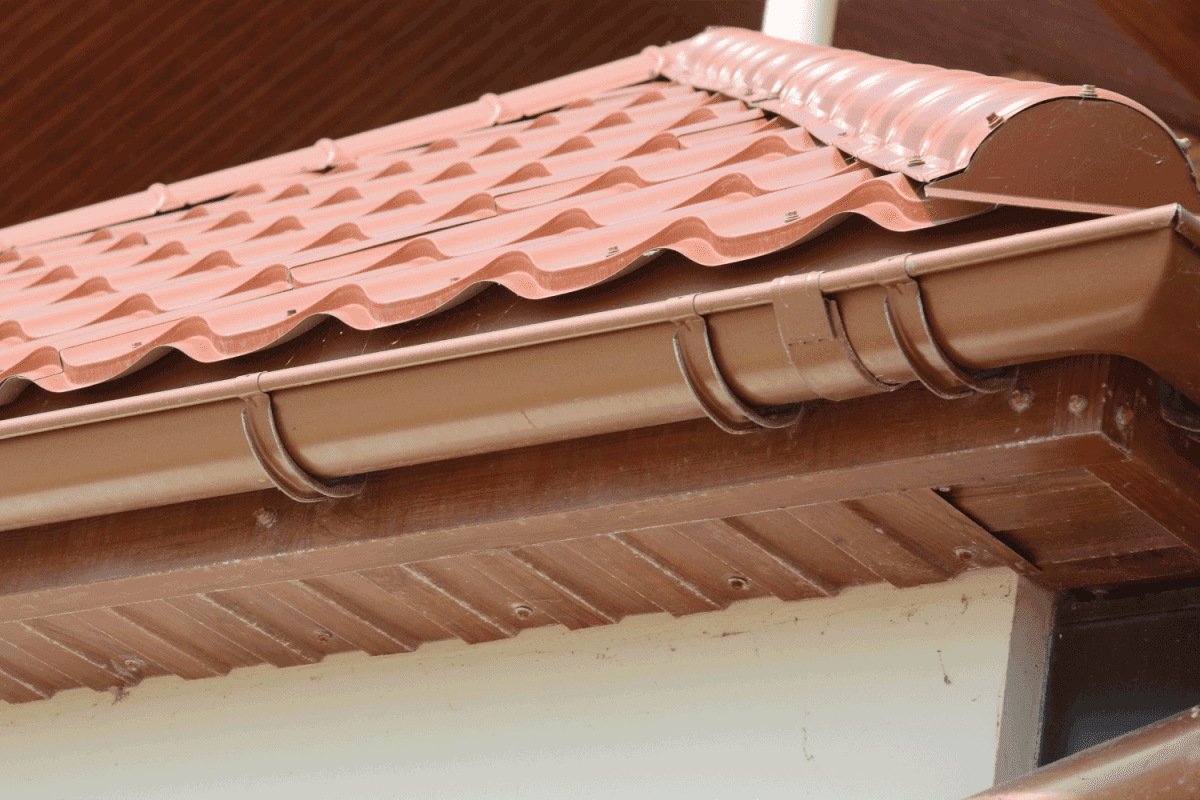
Warm Colors
The most frequent material utilized in shingles is asphalt. Still, the concentration and density of asphalt shingles in cities result in mass heat absorption, resulting in higher temperatures than surrounding areas. The heat island effect is the result of this.
The dark colors of the asphalt itself and their hues account for the majority of this impact. Darker roof coatings are more heat-absorbent and reflect light away, whereas lighter roofs absorb heat from UV radiation and prevent it from heating your home. Painting your roof a brighter color might help you save money on your energy bills, but not all roofs can be colored or painted.
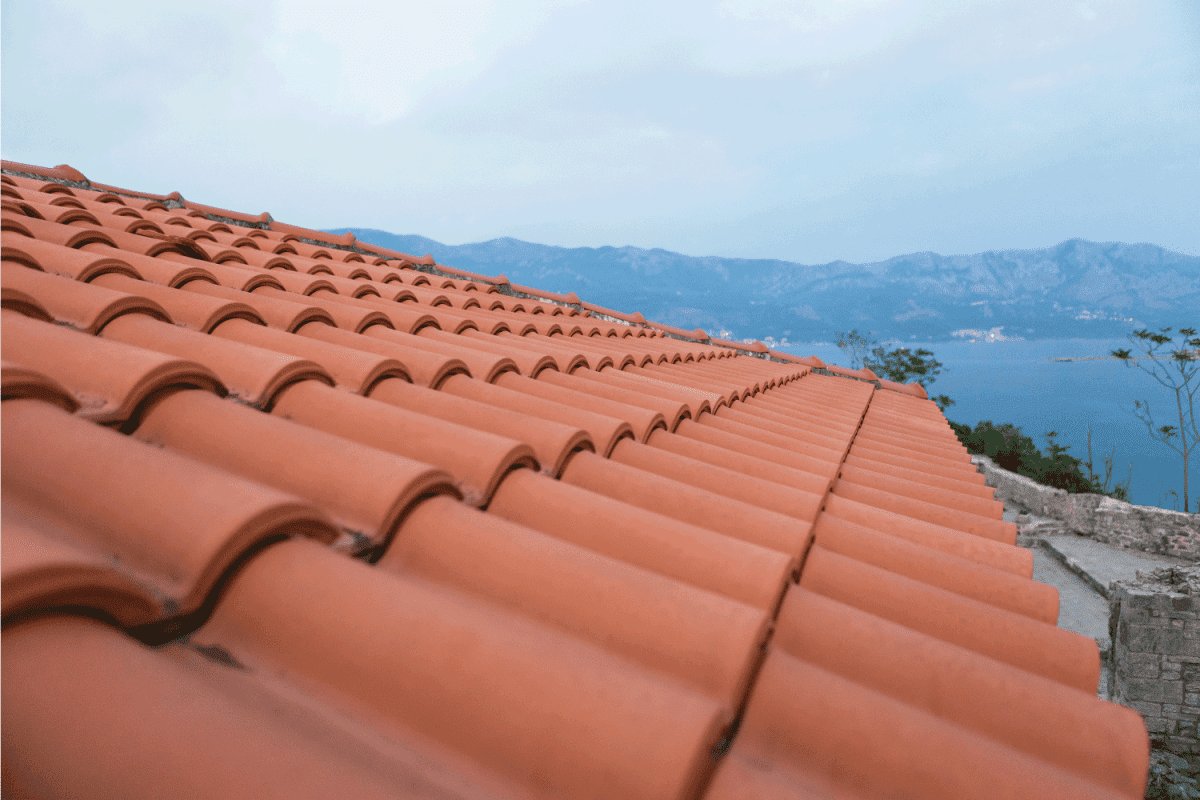
Terracotta Tiles
Terracotta is a baked clay in Spain, Italy, Mexico, the American Southwest, and other places with lots of heat and bright sunshine, has long been used in residential construction. Terracotta's resistance to hot climates is partly due to the baking procedure. Baking the tiles in kilns hardens them and makes them less porous, preventing heat from seeping into the terracotta.
Terracotta tile roofs are highly durable, with some ancient structures continuing to utilize the same tiles for hundreds of years. Still, even modern terracotta tiles will last around 50 years on average.
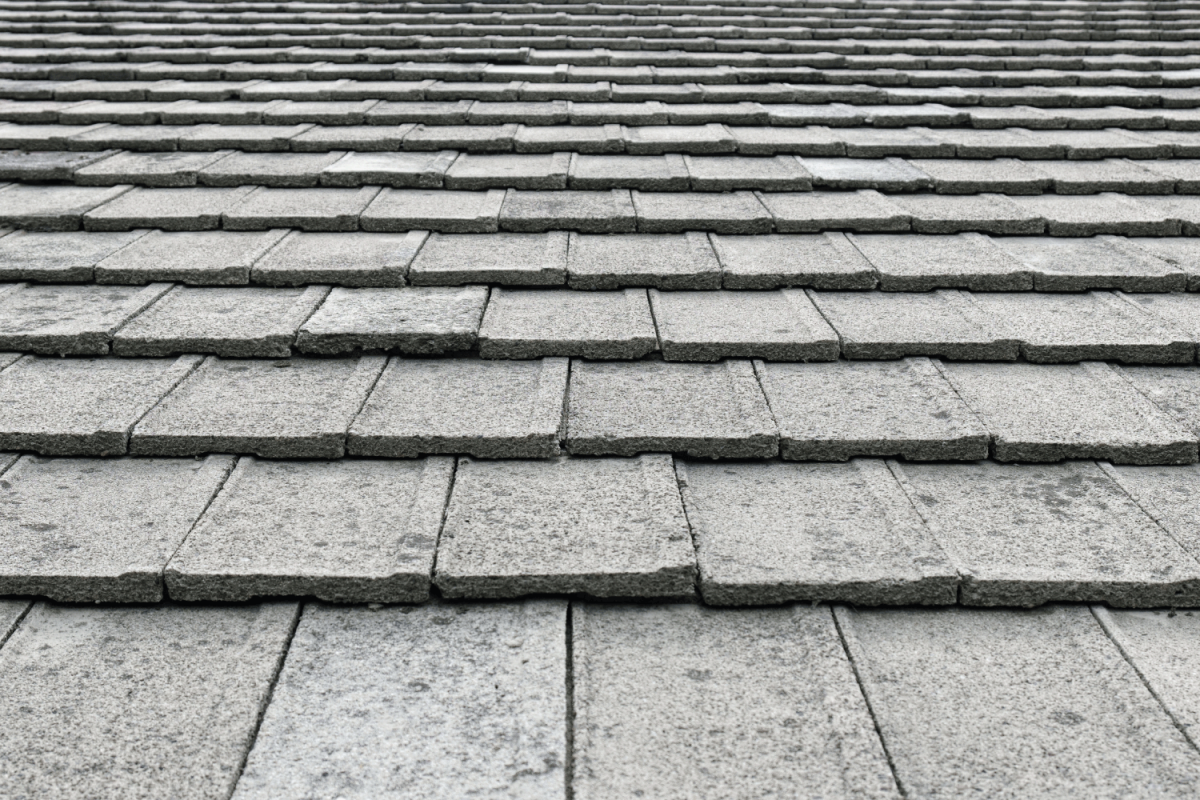
Concrete Tile
Concrete tiles, unlike terracotta ones, are made thick and take longer for the sun's rays to penetrate a slab of concrete and reach your house. Concrete tiles, like terracotta, may also be molded into half-barrels or S shapes for greater air circulation. Dying the concrete a brighter color might also assist in minimizing heat absorption. On the other hand, concrete can be weighty; thus, you may need to spend more on foundation support in your roof, and without painting or dying the concrete tiles, your roof design may not be the most aesthetically pleasing.
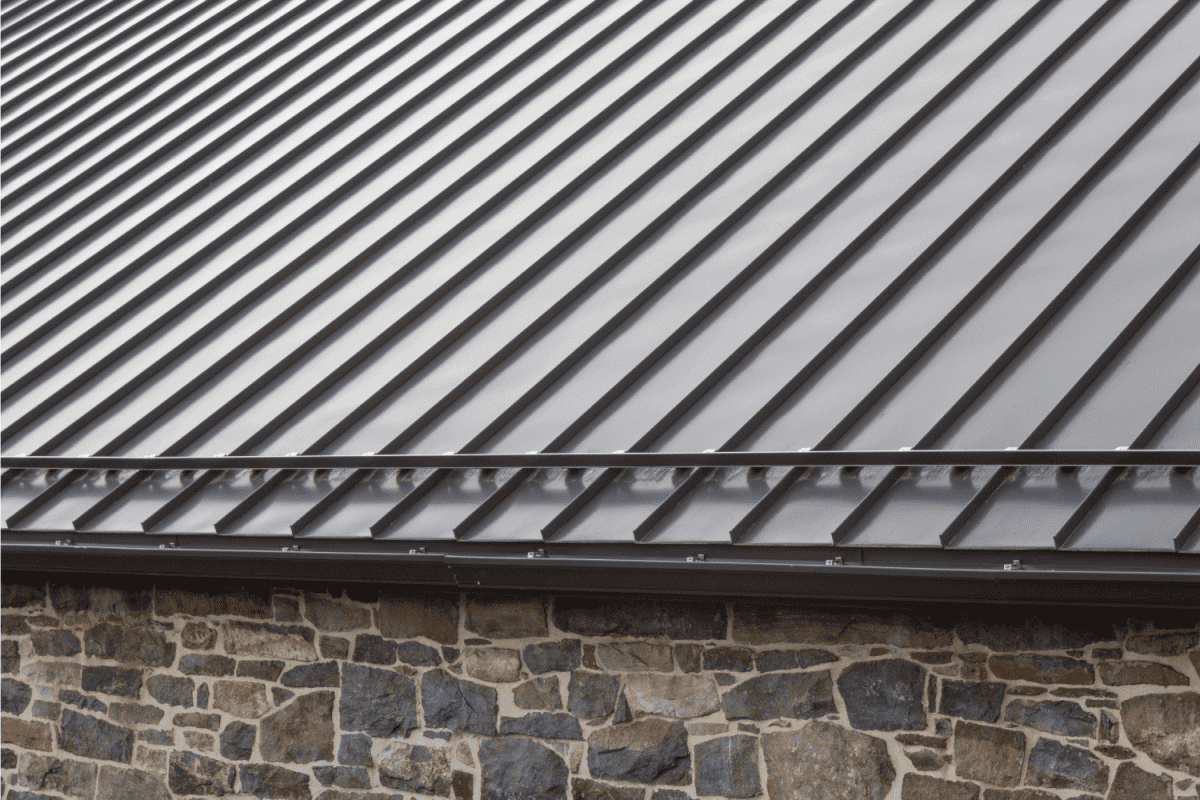
Metal Roofs
In most parts of the world, today's popular material is metal. Metal roofing is both flexible and durable and has increased in popularity due to its generally environmentally friendly nature. Most aluminum, steel, and copper roofing are made from recycled materials. Metal takes longer to heat up, retains less heat, and cools faster at night than roofing materials. Like tile roofs, most metal roofs have a noticeable gap between the decking and the actual steel panels. That space has a buffer or barrier, prevents heat from traveling from the top to below the living area.
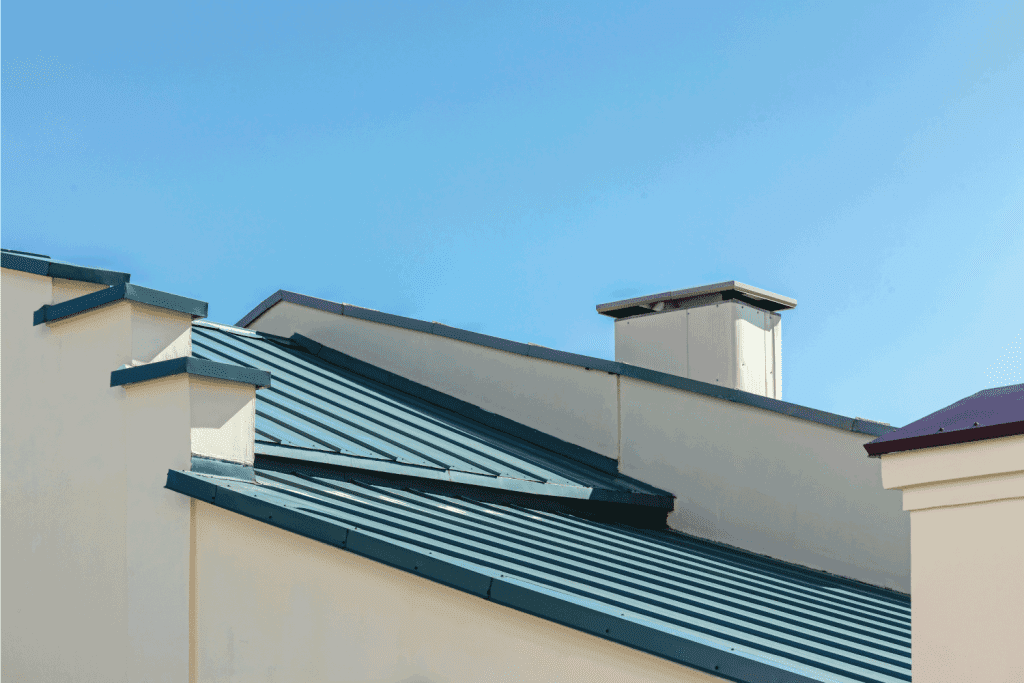
How roof color reflects heat
Before you dive deeper into the world of roof color, keep this in mind: the color of your roof has an impact on the temperature inside your home. In general, lighter-colored roofs reflect heat from the sun, but dark-colored roofs absorb a large portion of that heat and pass it down to rooms below.
Of course, not everything is color-coded. The type of roofing material installed on your home has an impact on how much heat it reflects into the atmosphere. Asphalt shingles, for example, are less reflective than metal or rubber roofs. Because they have a lower reflectivity, even high-quality tan asphalt shingles may absorb more heat than a dark brown metal roof.
But back to roof color. What effect does your roof color have on the temperature of your house? If you have a light-colored roof, it absorbs less heat and allows for more efficient operation of your air conditioner in the summer. As a result, your air conditioner works more effectively, uses less power, and lowers utility bills.
On the other hand, a dark roof is likely to raise the temperature of your home's highest rooms. Your cooling system has to work harder to reduce the extra heat, and your expenses gradually go up.
During the winter, however, things are reversed. A dark roof absorbs more of the sun's heat than a light one. Dark roofs have some advantages in colder regions with long winters and short summers. Now, let's look at another element in the equation: snow.
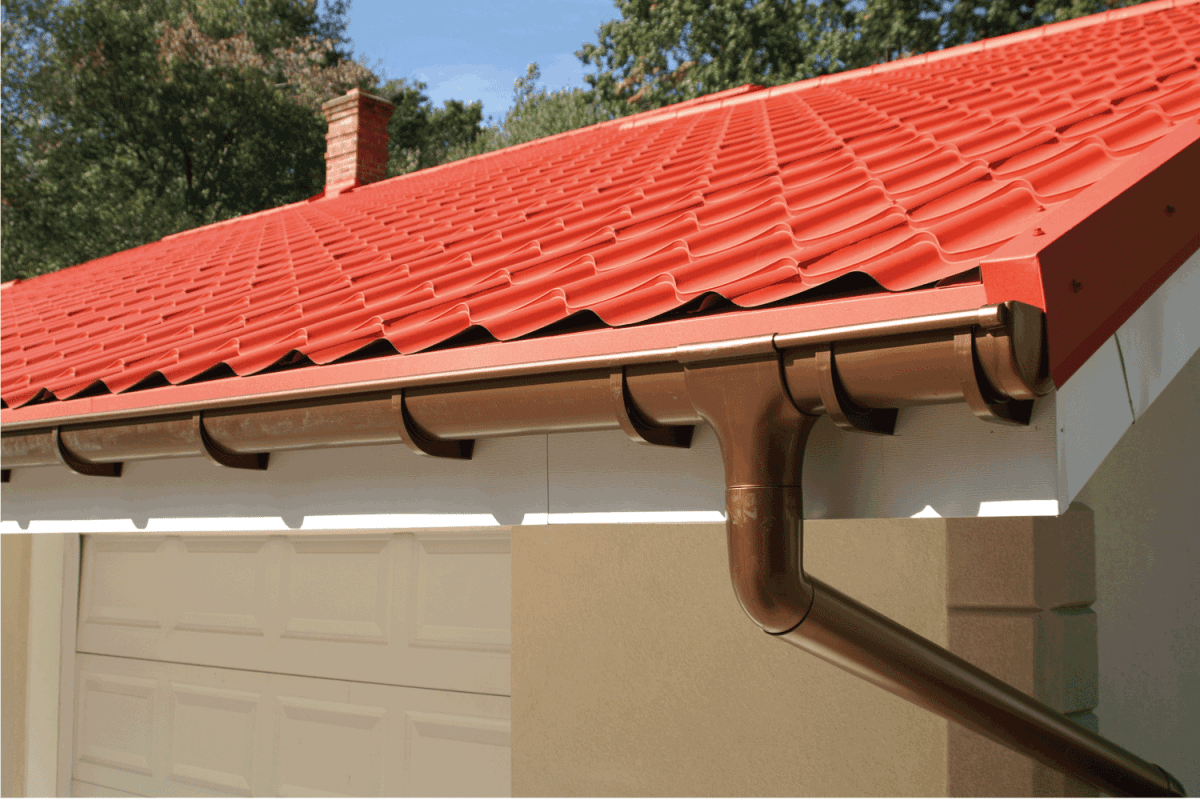
How Roof Color Effects On Melting Snow
Dark roofs help snowmelt since they absorb more heat and have a reputation for melting snow. Another factor contributing to the appeal of dark roofs in northern locations like Minneapolis is this misconception. However, do black roofs assist snow melt? Probably not as much as you would believe.
The first thing to remember is that northern cities have fewer sunny daylight hours during the winter months. And because of less sunlight exposure, there are far fewer beams pounding down on a roof, and the roof has less time to absorb the heat.
Next, keep in mind that even black roofs may not appear dark during the winter because they're covered in snow. The white powder reflects a significant amount of sunlight, so the gloomy roof beneath cannot absorb heat and melt the ice.
A small snowmelt effect is expected from dark roofs, albeit not significantly. If your roof experiences winter difficulties like ice dams, your roof color is not the main reason. Inappropriate attic insulation and bad roof ventilation are more likely causes of the problem. Request an expert opinion on your roof from a contractor in such a case.
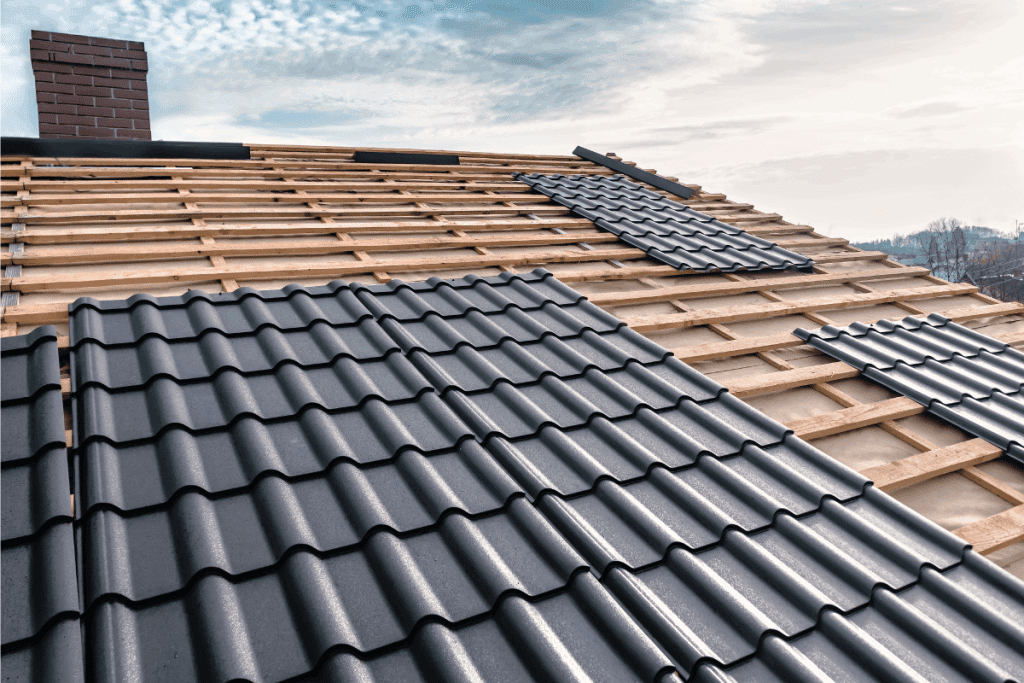
What's the best roof color to reflect heat?
In general, light colors reflect sunlight, whereas dark colors absorb heat. As a result, lighter roofing colors will reflect more heat away from home and assist in keeping the interior cooler. The darker the roof is, the hotter temperatures are likely to be in your roof or upper levels. So if you ask me, what's the best roof color to reflect heat? I would say the White color reflects maximum heat from your roof.
Finally, I can say that light-colored roofs have several benefits. If you want to change your roof color, your best option is to contact a local roofing professional. They may suggest the most acceptable roof colors if you're going to alter them, and they know how to improve energy efficiency or prevent ice dams if you like your present roof color. Consider your homeowner's association rules while determining whether or how much of a roof modification to make. Some neighborhoods have restrictions on which colors and materials you can use on your roof.
